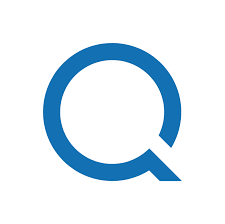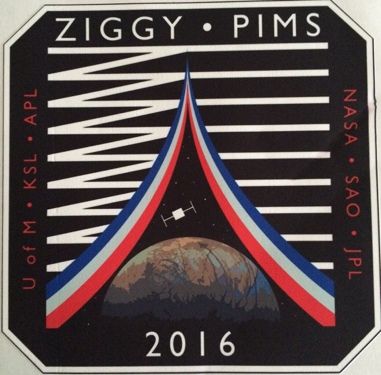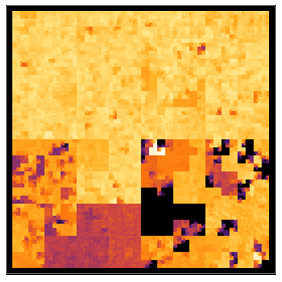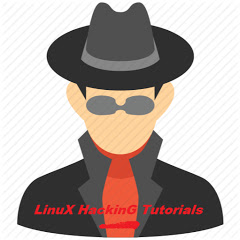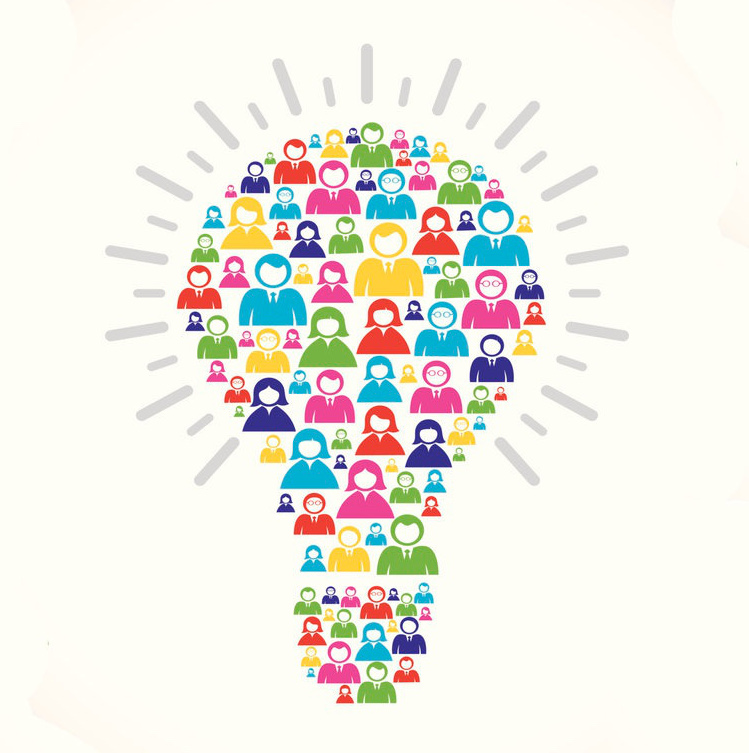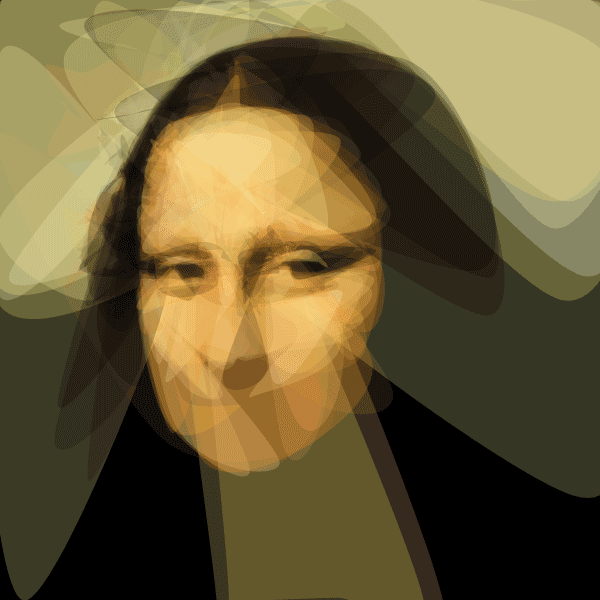About Me
Chen
Innovation is everywhere, and it's really cool. I enjoy working on software to contribute to new technologies. I'm looking forward to learning and evolving with the fast-paced environment and collaborating with brilliant people as a software engineer.
